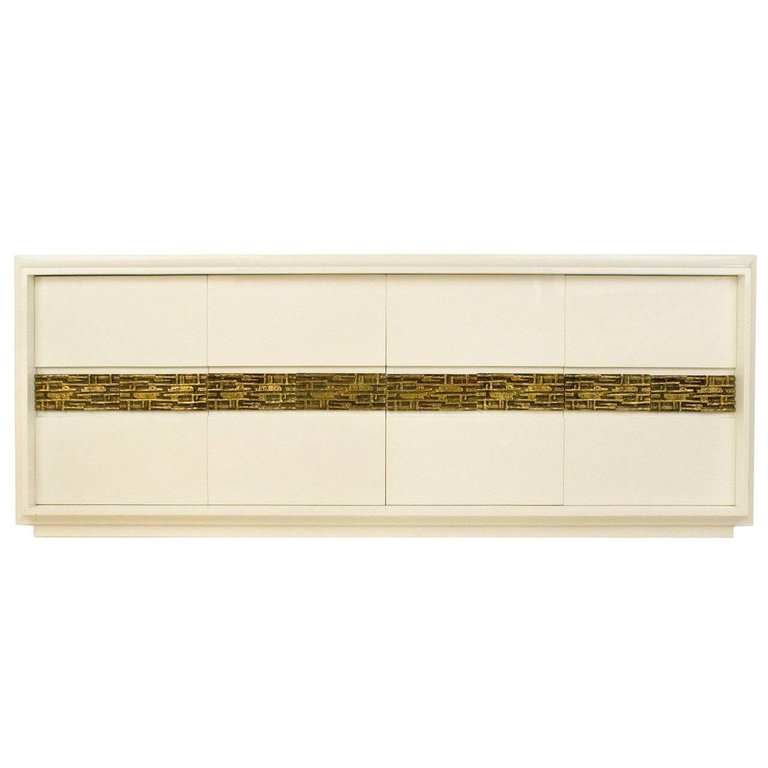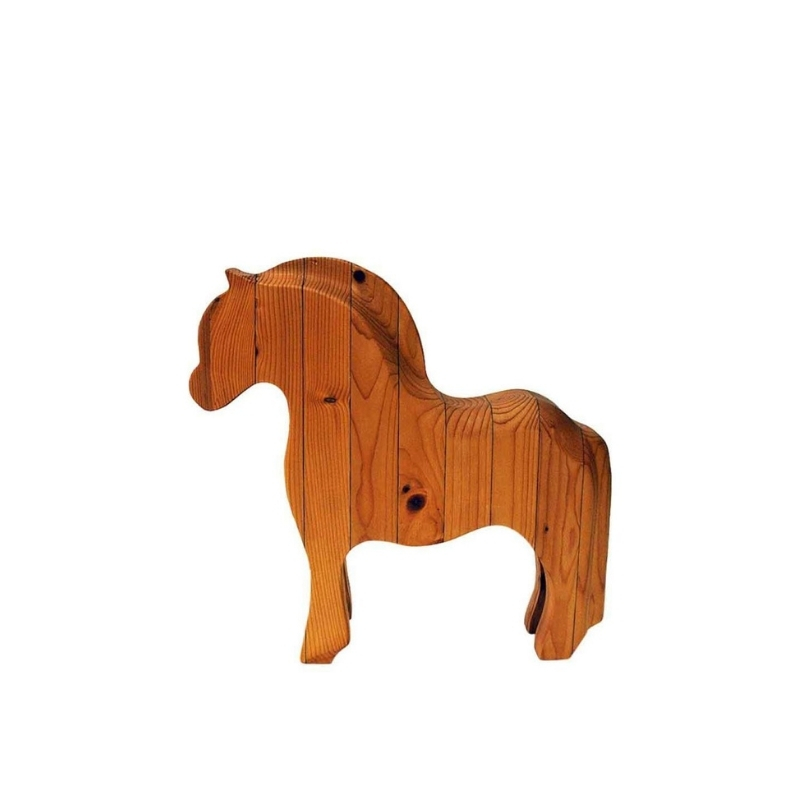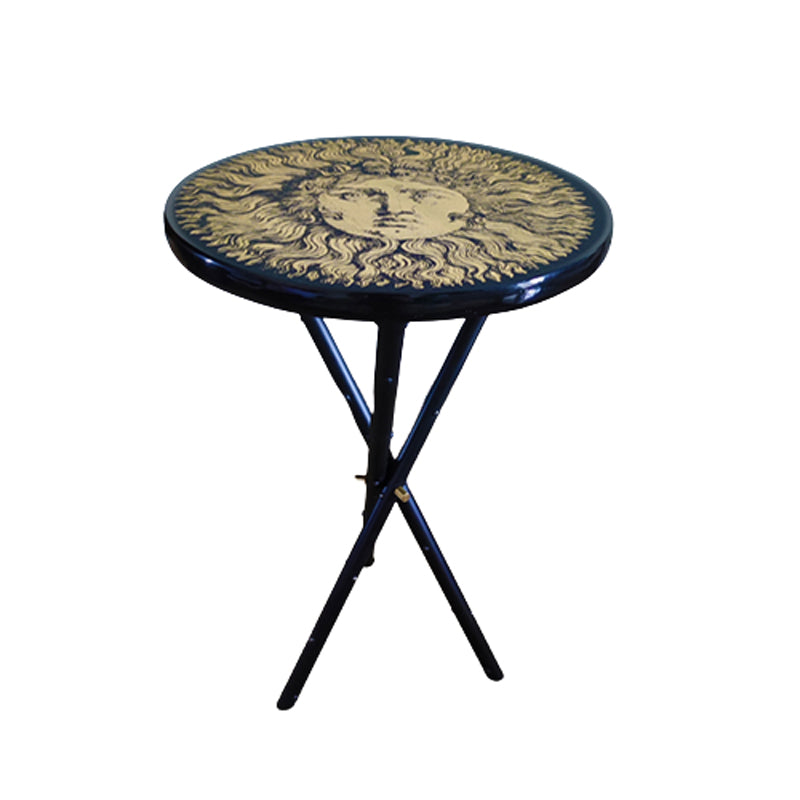The guy shouldn't have offered the 10K
if he didn't intend to buy it without a provenance. The seller offered what he knew about it in the Ebay auction, and made absolutely no claim regarding the artist. He didn't even liken it to the work of Noguchi. The bidder sounds like a total dick-- ("STOP THIS AUCTION! I'll pay ten grand! Now, supply me with proof that it's the lost Noguchi I hope it to be.")
Wikipedia on catalgues raisonne:
"The author of a catalogue raisonné presumes to have catalogued a complete list and then publishes the catalogue. The difficulty is, in knowing when an author can ever be confident that the list is complete i.e. the concern that an undiscovered work remains to be found. In reality it is typical for works to show up after the publication of the catalogue resulting in new editions or completely new compilations by other authors. In other cases research shows that some works have been wrongly attributed to the artist in earlier catalogues."
First Noguchi on Ebay....now...
First Noguchi on Ebay....now Calder 😉
http://cgi.ebay.com/Mobile-Sculpture-Mid-Century-Jere-Eames-Joan-Miro-Er...
Someone could make a nice living on Ebay
acting like a naive seller, offering plausible fake unsigned art.
I've often been tempted to try my hand at such a thing-- ever since I read the autobiography of famous art forger Elmyr De Hory.
Unlike Elmyr, I wouldn't even have to wrestle with conscience (or the law) by claiming it to be the real McCoy-- just use the right keywords, then sit back and let people's greed do the rest. But, I'd start my auctions at 9.99, or thereabout.
I think that the most famous ...
I think that the most famous such instance was Kenneth Walton's Ebay auction for the forged Richard Diebenkorn painting 10 years ago (see link to old news story). The only thing that got him in trouble was that he and friends shill bid to drive up the initial price, to attract attention to the painting. He acted as a naive seller, and he did not make any claims about the work he auctioned. It was the shilling that got the FBI involved.
http://partners.nytimes.com/library/tech/00/05/biztech/articles/09ebay.html
Someone
made a pretty good stab at a Calder. I'm not sure how consistently his pieces were signed, but I can't blame them for staying away from that -- if only for eventual deniability. The fabrication looks like Calder's -- though I can't see how the sheet metal base is fastened at the joint. The paint is convincing, I suppose. What fails is the forms: Calder never made a hard triangle like that as far as I know -- and the swirly base element is suspicious for him, too. Perhaps the oddest thing is that the point that is the pivot should have survived intact, as fragile (and vital) as it is.
If you need any help, please contact us at – info@designaddict.com









